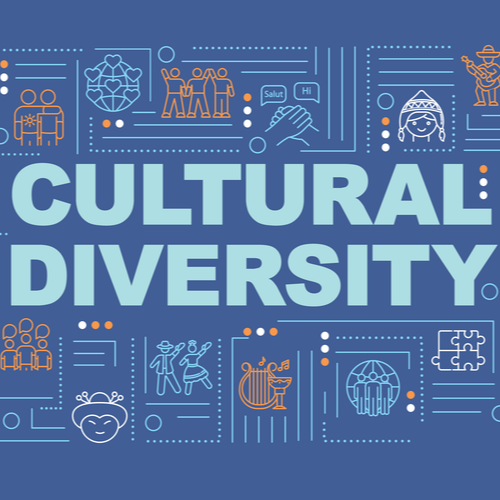
Search Inclusive Language
- What is search inclusive language?
- Why search inclusive language is important
- How to use inclusive writing techniques
- How will Google handle inclusive language in SEO?
- Conclusion
The aim of inclusive language in organic search (and any other type of content or speech) is to avoid offending people, whilst fulfilling the ideals of egalitarianism. This is achieved by avoiding expressions that imply or express ideas that are sexist, racist, prejudiced, biased or condescending to any particular group of people.
In short: search inclusive language is free from words or phrases that are discriminatory or stereotyped.
Google covered the topic of inclusive language in Search in one of their recent podcasts. The two guest speakers, Zineb Ait Bahajji and Bruno Cartoni provided some insight on the topic. They pointed out that the movement where people are being more mindful of how they speak in order to honour all the different identities out there, is becoming more important in how people write online content too.
So why is inclusive language important for Google Search?
Cartoni noted that one of Google’s three values is to respect the user. Hence, Google wants to ensure all their users are represented by eliminating gender bias on Search.
To illustrate gender bias on Search, he used the following example: “If you remember, a long time ago, image search was showing only images of women when you were looking for a nurse, for example. And if you were looking for doctors, you would have only image of male doctors.”
Google has been actively working on being more inclusive in how they represent the two genders. Part of this is adapting to the new way in which content is written. Firstly by indexing new gender-neutral abbreviations and terms, and secondly by ranking search results that are more inclusive.
Inclusive writing ensures the readers feel included when reading, regardless of their ethnicities, gender or their socio-economical status.
Mindful language contains terms that are representative of all people, as illustrated by the examples below.
Examples of Non-Inclusive and Inclusive Writing
In some languages like French, this neuter form, like “fireperson”, for example, doesn’t exist. In cases like these, a special character or abbreviation can be used to take the male and female version of a term into account.
One example of this is the use of the middle dot, which is called the point median in French. This special character is used to create a gender-neutral version of the masculine form “étudiant” and feminine form étudiante” for “student”, as follows: “étudiant.e”
In English too, we start to see the use of special or alternative characters where a gender-neutral term does not exist. The term “Latino”, for example, is often used to refer to all the Latino community. However, this term refers to men from Latin America, which is non-inclusive. So instead of using “Latino” / “Latina” (the female version), the current trend today is to include both genders with the letter “x” at the end: “Latinx”.
Need guidance on this? Get in touch.
In the podcast, Google’s representatives pointed out that the search engine will handle inclusive language similarly to how it does any new type of slang or terms used.
As Bahajji put it: “…It’s our responsibility to make sure that our user, our Google users, can use any form that feels natural to them, and that we will still parse and understand their content as expected.”
This means that Google will automatically adapt to how people write, in order to make pages that contain different common forms of inclusive writing accessible for any searches that are related to that search term.
What does that mean for content writing from an SEO perspective?
As Bahajji put it: “Write for your users. And your users are diverse. You don’t only have an audience of male or female readers. So make sure that everyone feels included when they read whatever you write online.”
Conclusion
With the increasing importance of inclusive language, online content – and therefore SEO – will undoubtedly adapt and change.
While Google is still in the early stages in dealing with this topic, it’s key to start using more inclusive writing techniques when it comes to web content. This will ensure that everyone feels included when they read your online content.
It’s also important to keep in mind that language is very dynamic. While inclusive language is trending, the usage of abbreviations is still quite inconsistent. It can be expected that as more people start using it, certain versions will be favoured to others – and so a kind of a standardisation will form.
We here at Robot-TXT make it our business to stay up to date with all the latest trends in organic search and SEO. If you need advice or guidance, we invite you to get in touch to find out how we can help you follow best practices when it comes to search engine optimisation.
